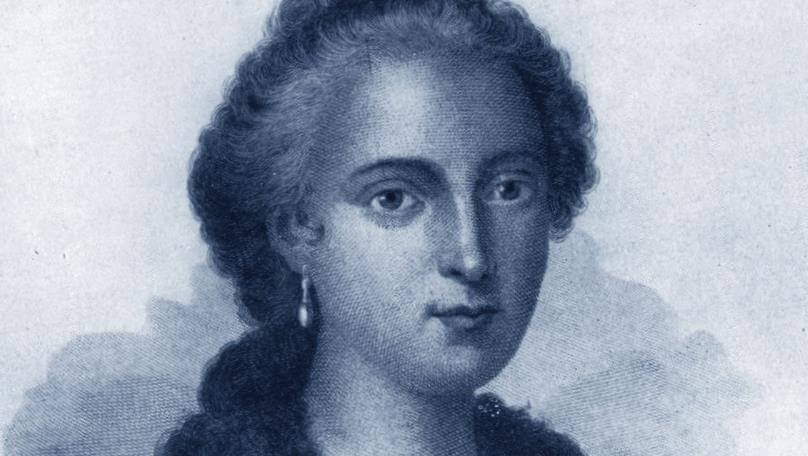The first woman appointed to head the university's mathematics chair: Who is Maria Gaetana Agnesi?
She was only nine years old when a Latin article was published advocating women's right to higher education.

(1718-1799) Italian mathematician and philosopher. She has worked especially in the field of differential calculus and defined a special curve, which is also called by her own name. She was born on May 16, 1718, in Milan. Her father was a mathematics professor. At a young age, she attracted attention with her brilliant mind and language skills. She easily learned languages such as French and German, as well as classical languages such as Latin, Hebrew, and Ancient Greek. She was only nine years old when a Latin article was published advocating women's right to higher education. In 1750, when her father fell ill, she took over the vacant post of mathematics at the University of Bologna. When her father died two years later, she devoted herself to religion and charity. She died in a monastery in Milan on January 9, 1799.
Agnesi was first interested in the natural sciences and philosophy and collected her essays in this field in her work Propositiones Philosophicae ("Propositions of Philosophy"), published in 1738. Much of these essays originate from discussions of science and philosophy among scholars who met at their home at the frequent meetings of her father. Agnesi, who later turned her attention to mathematics, especially analytical geometry, gained great fame with her work Instituzioni Analiticke ad Uso della Gioventu Italiana (1748), which she dedicated to Empress Maria Theresia. This book, which she took care to be clear and understandable, and therefore she wrote in Italian instead of Latin, attracted great attention outside her country. So much so that a professor from Cambridge University learned Italian in order to introduce this fundamental work to the English youth.
In this book, which includes analytical structures, Agnesi also analyzes a third-degree curve, which the French mathematician Pierre de Fermat first examined a century ago, and which the Italian mathematician Guido Grandi called "versiera" in 1703. Grandi named this curve with the term "versiera," derived from the Latin word vertere, meaning "to turn." However, when Agnesi's work was later translated into English, it was confused with the Italian word avversiera meaning "witch", and this curve was known for centuries as the "witch of the Agnesi curve", especially in English-speaking countries. The equation of this particular type of curve, also known as the "inverse sine curve", is xy2=4a2 (2a-x).
Agnesi quickly made a name for herself with her work in mathematics, especially with her work published in 1748. When her father was replaced by the chair of mathematics at the University of Bologna, a woman was appointed to a mathematics chair for the first time in the world.
WORKS:
Propositiones Philosophicae, 1738, (“Propositions of Philosophy”);
Instituzioni Analitiche ad Uso della Gioventu Italiana, 1748, (“Analytic' Education for Italian Youth”).
